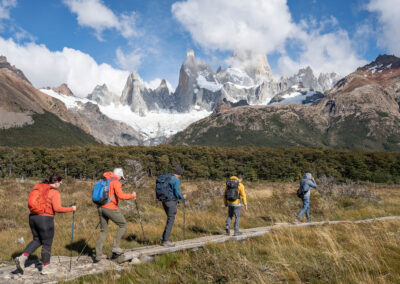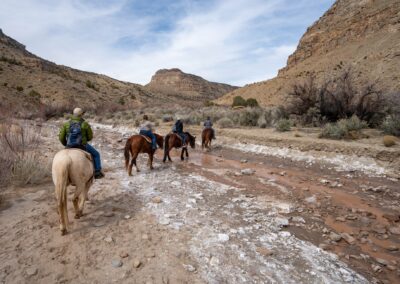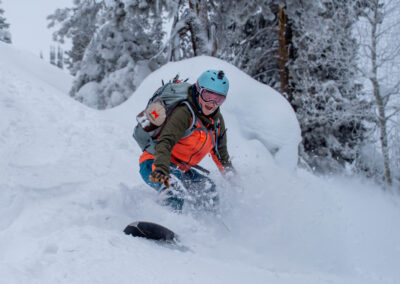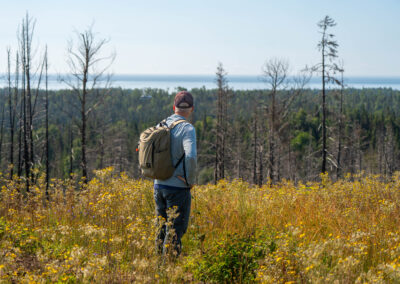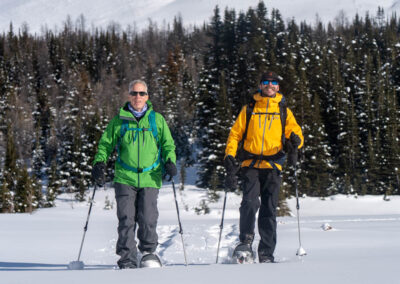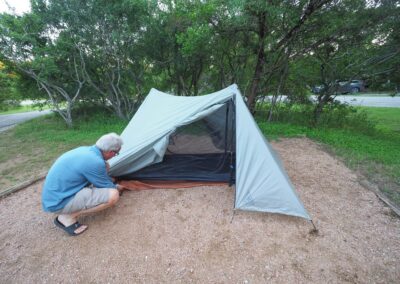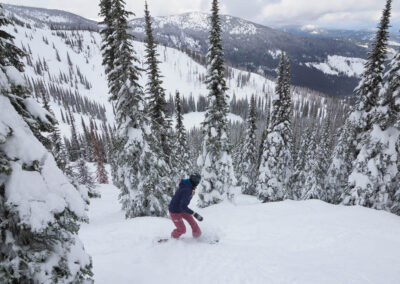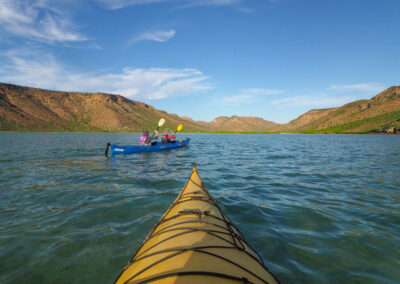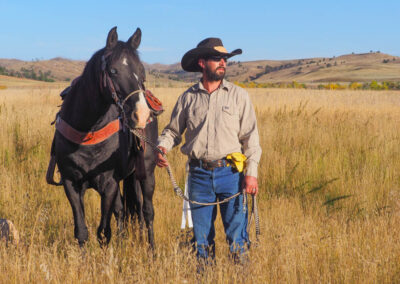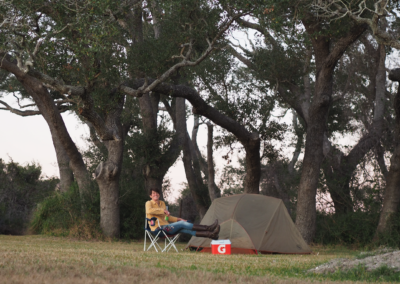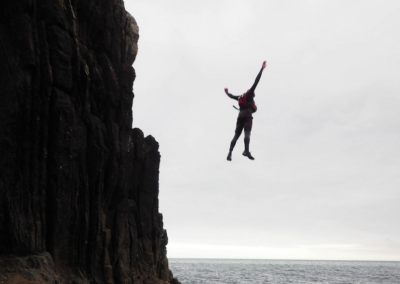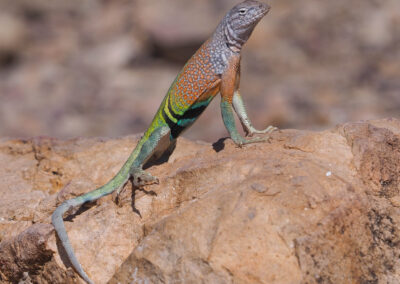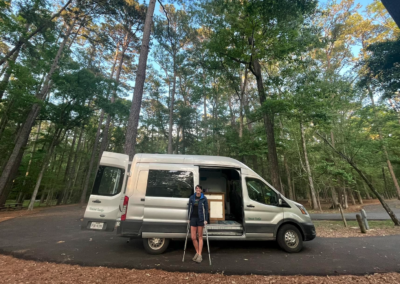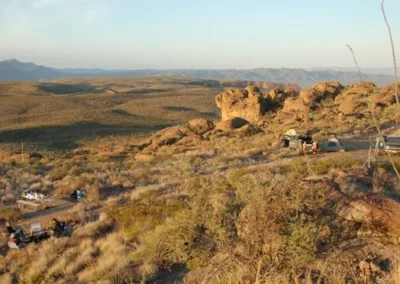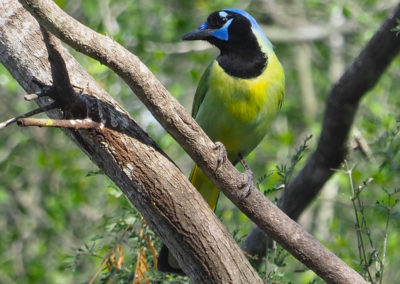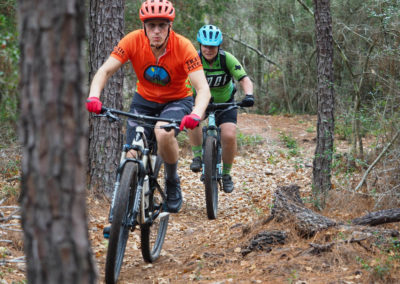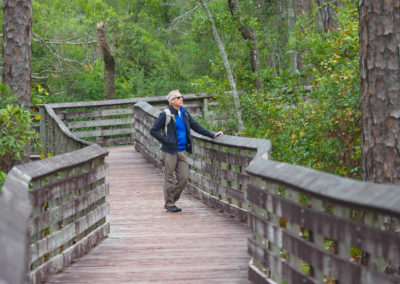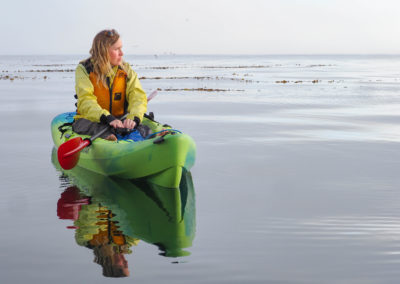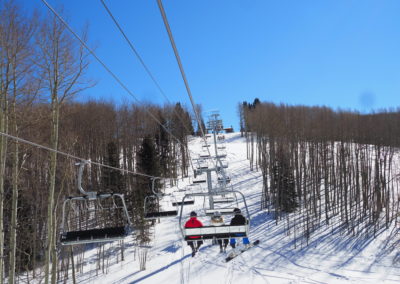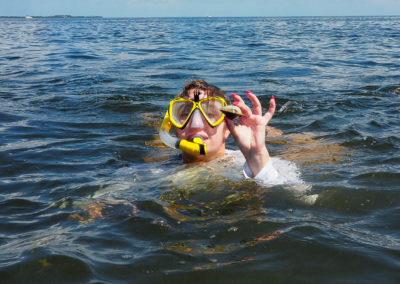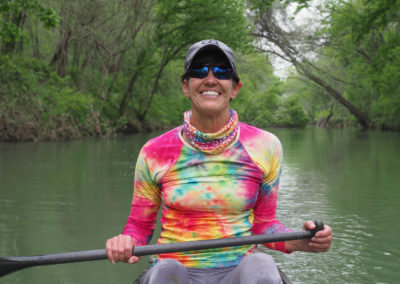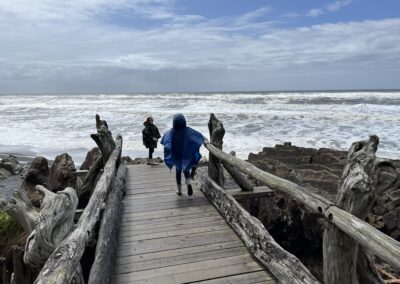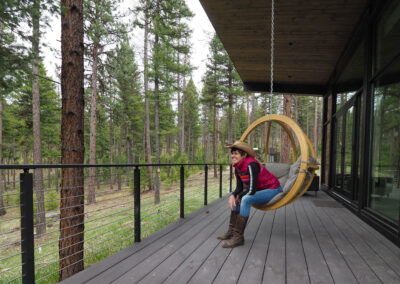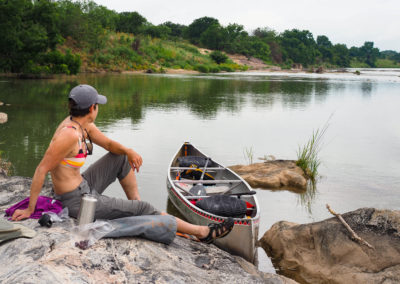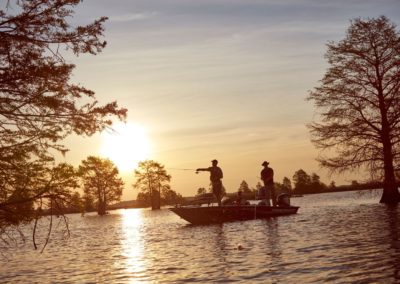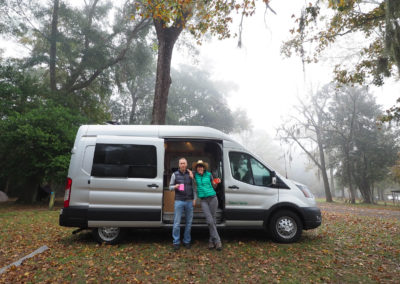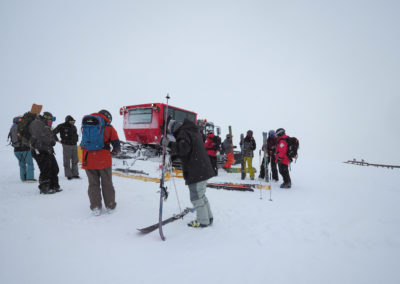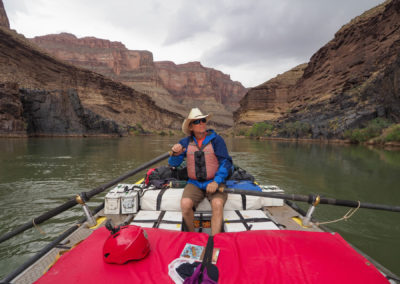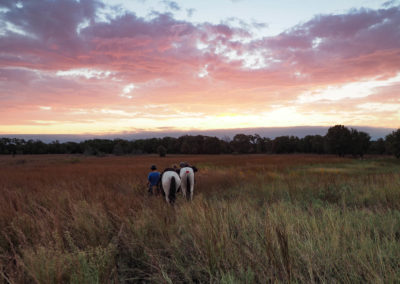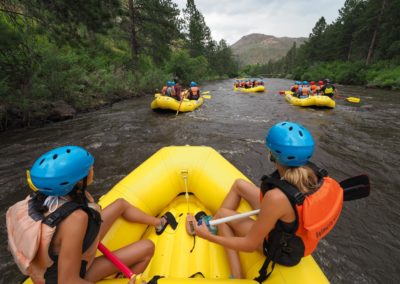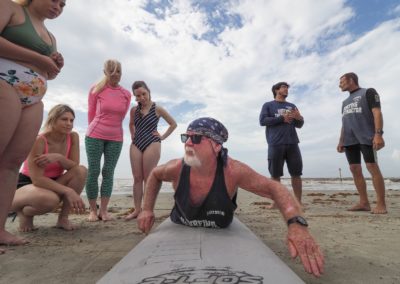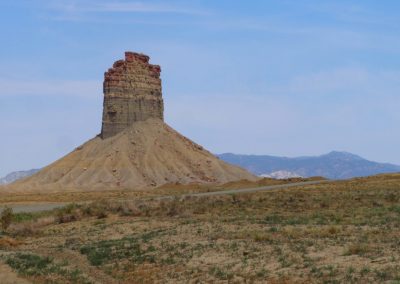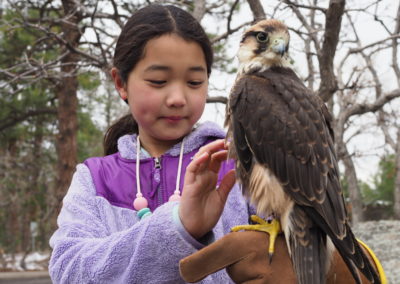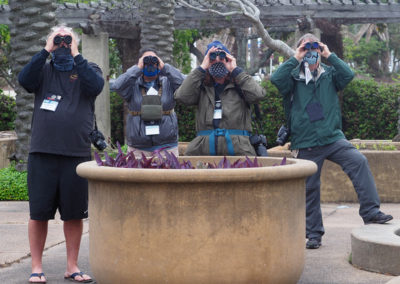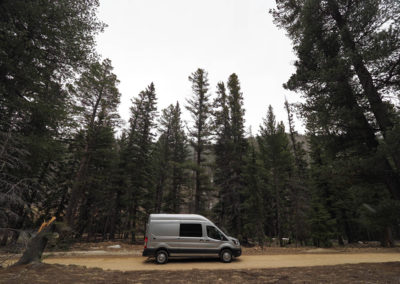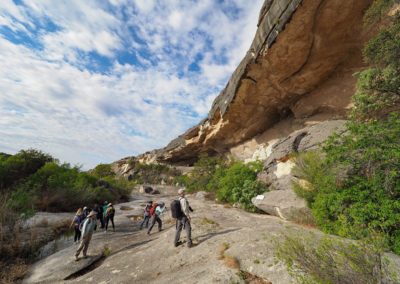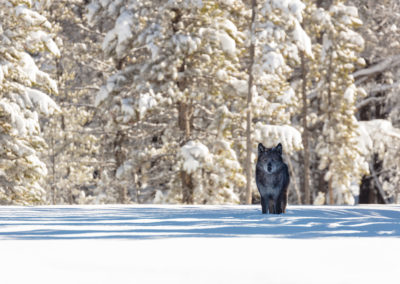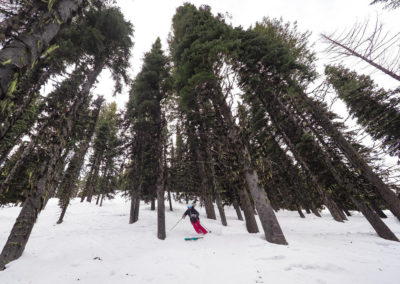GALVESTON – Greg Miller wrapped up a day of birding during FeatherFest in Galveston earlier this month by marveling over the Blackburnian warbler he had spotted.
The little black and white bird with a fire orange face and throat weighs a third of an ounce––about the same as two sheets of copier paper––and flies some 4,500 miles from its wintering grounds in South America on its way to breeding grounds in the northern United States and Canada each year. Miller, on the other hand, had traveled to Texas from his home in Ohio, where his path intersected with that of the small but mighty bird.
“I traveled 1,300 miles to get here and that bird traveled 3,000 miles and we met here today,” Miller said, shaking his head at the wonder of it.
If you’re into birds, you probably know of Miller. The 63-year-old birder was featured in the book “The Big Year, A Tale of Man, Nature and Fowl Obsession,” by Mark Obmascik, and portrayed by Jack Black in the 2004 movie by the same name which also stars Steve Martin and Owen Wilson. (Yes, Miller does kind of look like Black.)
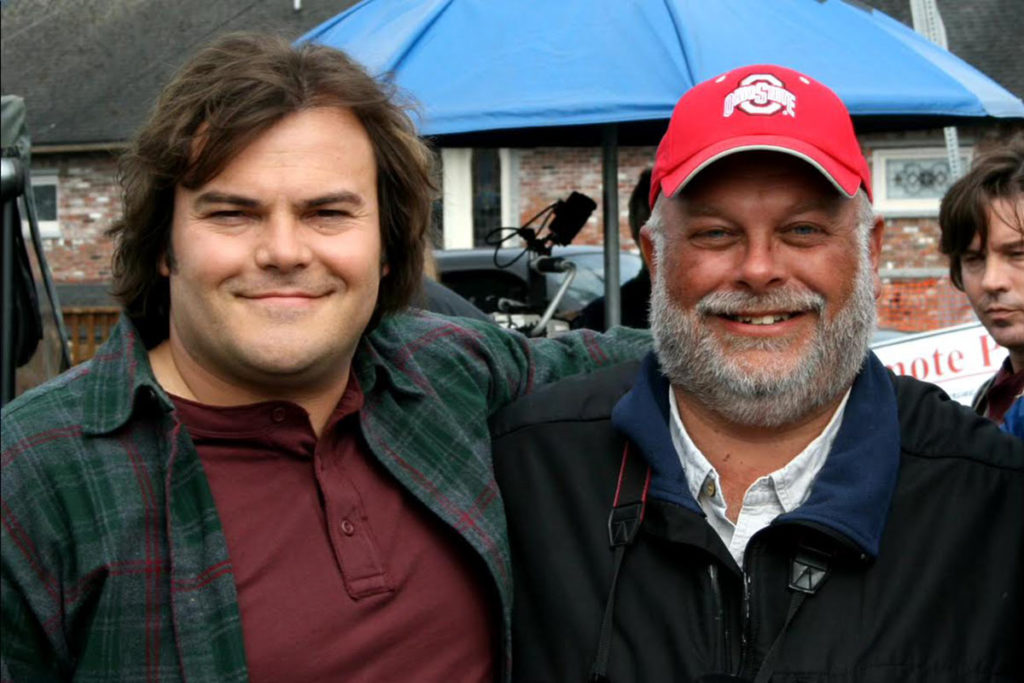
Jack Black, who portrayed a character based on Greg Miller in the film version of “The Big Year,” poses with Greg Miller. Photo courtesy Greg Miller
He’d come to Galveston to lead some birding sessions at FeatherFest, an annual gathering for birders, who descend on the island about the same time that millions of migrating birds arrive after flying more than 500 miles non-stop across the Gulf of Mexico. You can tell the birds––warblers and buntings and orioles in a crayon box of colors––from the birders because the humans carry binoculars and spotting scopes.
This year, the event coincided with a cold and blustery storm, which made for chilly but exquisite birding conditions. The birds arrived in droves, right on schedule, and dropped out of the sky in what’s known as a “fallout,” landing in trees like candy-colored jewels to rest and refuel before continuing their trip north.
As for the book in which he’s featured as one of three men battling for first place in an annual effort to record as many species of birds as they can spot in a single calendar year, Miller says its frighteningly accurate. “It’s true to me down to the embarrassing details,” he says.
Miller turned to birding after his “life fell apart” in 1998. He’d grown up in Oklahoma and just moved to Maryland.

Greg Miller talks about birding after guiding a session at this year’s FeatherFest in Galveston. Pam LeBlanc photo
“All the stuff I counted as important fizzled away. I needed a good distraction to not feel sorry for myself,” Miller says.
That distraction turned out to be birding, something he’d learned as a young boy from his father, who taught him to identify birds by sight and sound. Lonely and depressed, he threw himself into his Big Year project, all while working full-time as a contract computer programmer at a nuclear power plant.
Using American Birding Association guidelines, he counted birds in all contiguous 48 states, Alaska and Canada, but not Hawaii or the Caribbean islands. If he spotted a zone-tailed hawk across the Rio Grande in Mexico, as he actually did, it wouldn’t count on his list.
His first score, at daylight on Jan. 1, was a rather ubiquitous house finch that landed on the bird feeder outside his house. He logged it on a spreadsheet and set to work, using fold-up maps and rental cars and relying on friends to alert him to rare bird sightings around the country.
“I did not think I had a shot at getting a record in 1998,” says Miller. “I thought all I could possibly do was 600 species of birds, which was over 100 species short of the record at the time.”
That February he flew to Arizona, where a Nutting’s flycatcher, usually spotted in Mexico, had made an appearance in the United States for only the second time in recorded history.
“It’s like a pirate’s treasure hunt, where you have a crude map that you hope will get you to where you’re going and you hope you find what you expect,” he says. “You could spend thousands of dollars for airfare and there’s no guarantee the bird is going to be there. That’s part of the beauty of birding––part of the value is the birds you miss.”
With the help of a local guide, Miller did spot the elusive flycatcher, perched on a branch in a grove of trees in Patagonia Lake State Park. Actually seeing a rare bird you’re looking for can be a euphoric experience, he says.
“There’s emotional joy that expresses currency of value for that moment,” he says. “I remember high-fiving the guide, and after that all the other birds seemed inconsequential. That was my good omen for great start of year.”
After that, he crisscrossed the country, flying home periodically to do laundry and work. He spent about $31,000 in his attempt, far less than the two retired millionaires who were also gunning for their own Big Years.
Miller quickly tabulated 100, then 300 species. By June, though, things got tricky. He had 600 birds, but was exhausted, out of vacation time, low on money and ready to quit. A friend encouraged him to keep going, so he borrowed $5,000 from his father, arranged flex time with his boss, and went back out.
“They come fast to begin with, but it slows down dramatically after that,” he says. “When you come to 500 it’s like halfway in effort and money to 600, and 600 is halfway in time, effort and money to 700.”
In the end, Miller recorded 715 species that year––and came in second. The winner logged 749 species. That doesn’t matter, he says. “I was sixth person in world to ever see 700 species in North America in one year … I tell people it’s not the achievement, the amount or high number that counts as much as journey on the way to get there.”
Today Miller works as a bird guide for Wildside Nature Tours, a Philadelphia-based company that leads wildlife and photography tours around world. He’s also a speaker and caretaker of his brother.
“I talk about contests I didn’t win and sign copies of book I didn’t write,” he chuckles.
He’s got some advice for people just getting into the hobby. As a beginner birder, you don’t even need binoculars to start. Walk out in your backyard and see what birds live there.
Get a book, such as “The Sibley’s Guide to Birds,” and the accompanying app on the smart phone. Join a birding club, and bird with people who are better at it than you are and willing to train you.
With a little dedication, you, too, might be traveling hundreds of miles to see if your path will intersect with that of a migrating warbler.









